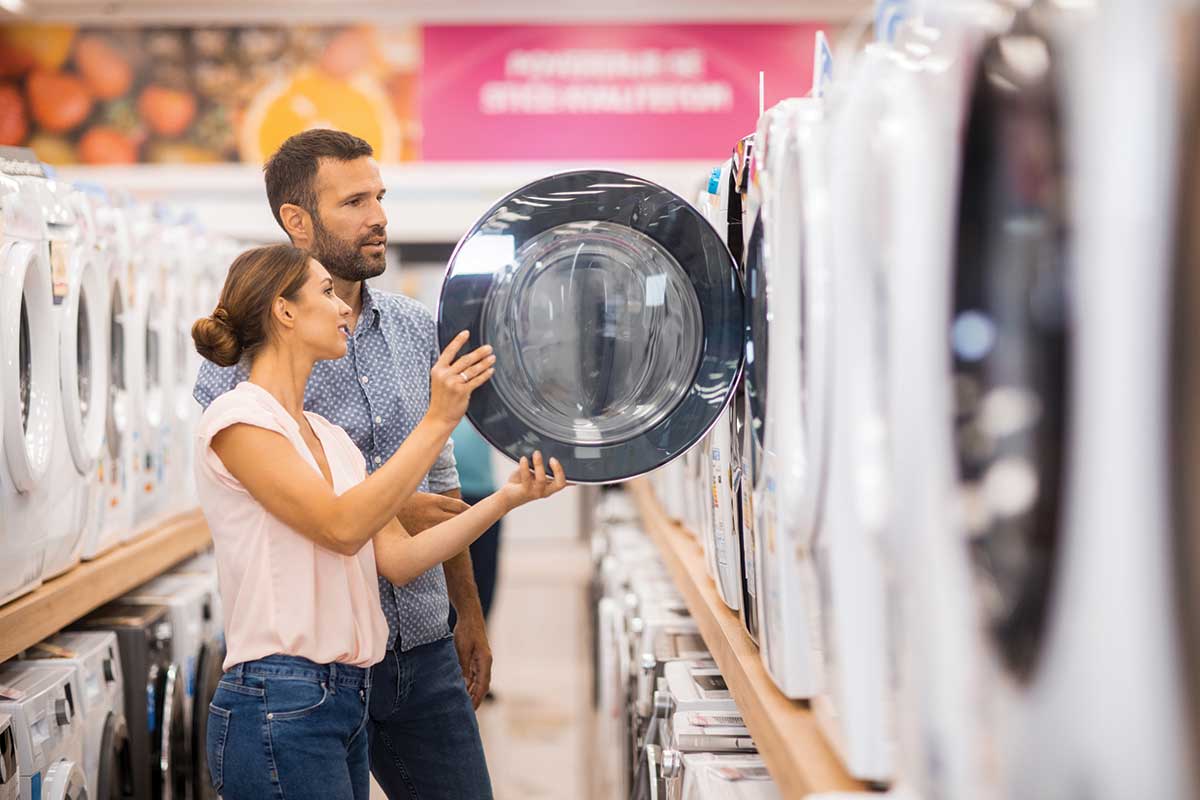When your TV, computer and other appliances are plugged in, they are draining electricity—all day, every day—even when they’re turned off. Electric power consumed by products when they are off or in standby mode is known as standby power.
Standby power is consumed by components such as power converters, circuits and sensors needed to receive a remote signal, soft keypads, and LED lights, according to the Lawrence Berkeley National Laboratory.
Almost any product with an external power supply, remote control, continuous display or charging function will draw power continuously, the lab notes. Sometimes there is no obvious sign of unremitting power consumption.
Although it may not be readily noticed, standby power can be a drain on your electric bill. It accounts for 5%–10% of residential energy use and could cost the average American household as much as $100 per year, according to the U.S. Department of Energy.
Standby power use is sometimes necessary. Requiring certain amounts of electricity are appliance functions such as maintaining signal reception, monitoring temperature (such as in a refrigerator) and powering internal clocks.
But for devices that don’t need to be on all the time, follow these easy tips from the DOE to reduce your standby power loads and save money:
Use a power strip with switches. You can use a power strip with switches to plug in your appliances. Surge protector power strips typically have switches and help protect your appliances and electronics. If you plug all of your products into a power strip and flip off the power strip when these items are not in use, they are truly off.
Unplug your products. Another sure way to reduce your standby power load is to just unplug. There are many home appliances that you may not need to have plugged in, such as a toaster oven. Use care when unplugging devices, however, to avoid shock and wearing out the cord.
Consider using Energy Star-certified products. Many Energy Star products are energy efficient and have lower standby power consumption than comparable non-Energy Star products.
Buy an inexpensive watt meter. Measure the devices in your home and take targeted action.


